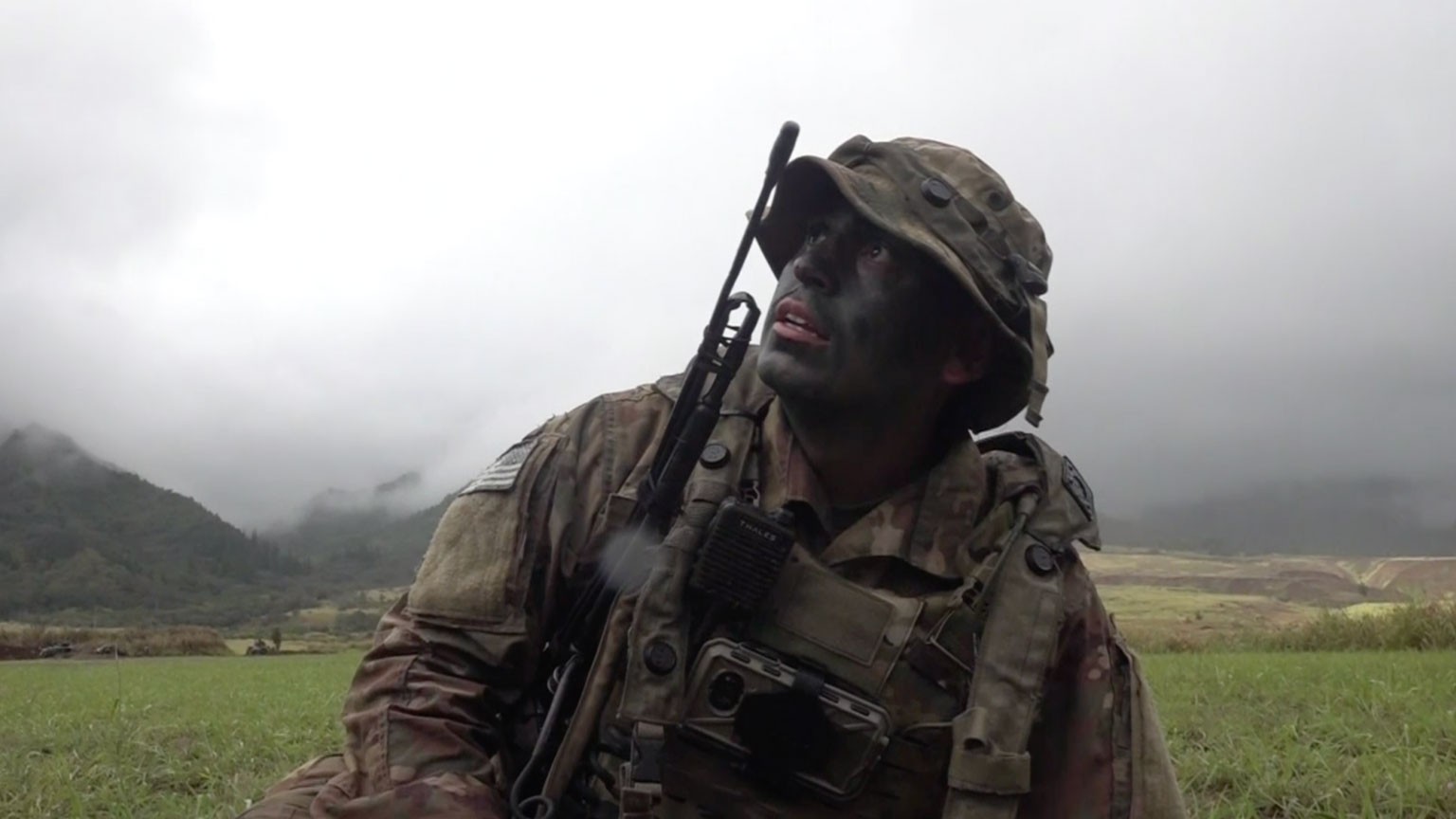A corner of the US military airfield on the Hawaiian island of Oahu was lit up at 2 a.m. as light rain fell. Soldiers were working silently as they loaded HIMARS rocket launchers into a C17 transport aircraft. After the task was done, the aircraft quickly took off.
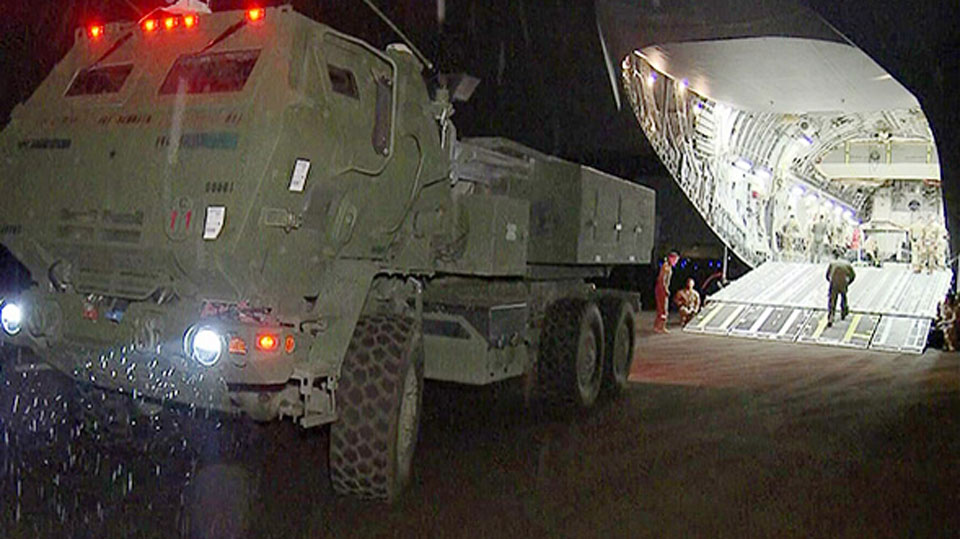
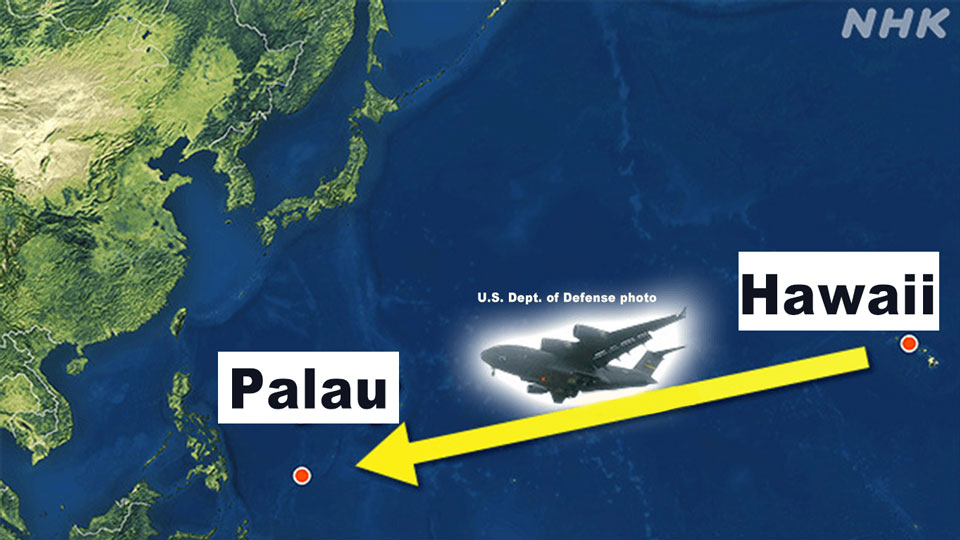
HIMARS (High-Mobility Rocket Artillery System) — are capable of launching precise, long-range missiles. Their destination was the South Pacific country Palau, about 7,300 kilometers away. "We move in the middle of the night to keep a low profile," a US military official said.
Multi-Domain Task Force
The US Army told NHK that the late night movement was part of the Multi-Domain Task Force's training. The aim of the training is to strengthen US deployment capabilities in the Pacific region.
The US military wants to be able to quickly prepare for combat on Pacific islands in the event of an emergency. After sending HIMARS to Palau, the US Army conducted live ammunition drills there.
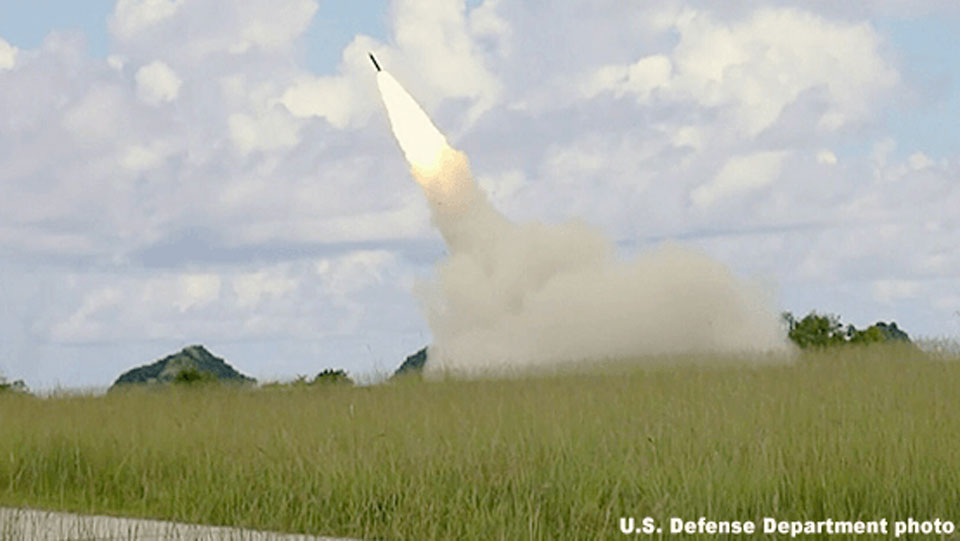
While island-fighting has traditionally been the domain of the US Marine Corps, the US Army is now honing its skills in this area.
The MDTF was founded in 2017 and its units are located in the state of Washington, Hawaii and Germany. It consists of four battalions: Strategic Fires; Intelligence, Information, Cyber, Electronic Warfare and Space; Air Defense; and Brigade Support.
MDTF spearheads multilateral training
Last November, the MDTF participated in a US Army-led multilateral exercise in Hawaii involving about 5,300 personnel. The United Kingdom, Thailand, Indonesia and other countries also participated.
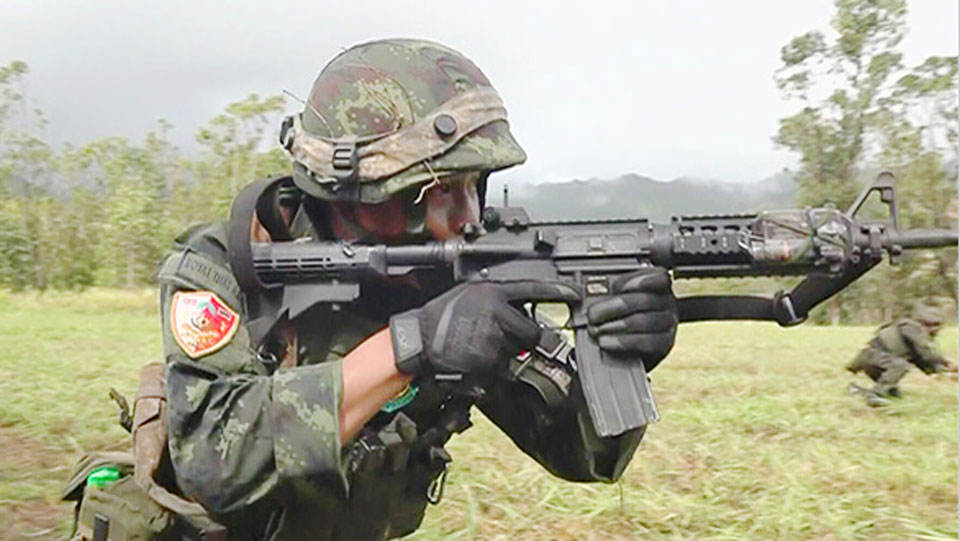
The training is based in Hawaii because its environment — numerous islands and a warm climate — is common to the Indo-Pacific region. The US Indo-Pacific Command, in charge of the Asia-Pacific region, is based there.
The US military says it aims to increase its ability to deploy forces from Hawaii to other parts of the Pacific.
China's looming presence
The creation of the MDTF was prompted by China's Anti-Access/Area Denial military strategy. The A2/AD strategy's aim is to deny US forces access to the "first island chain" area.
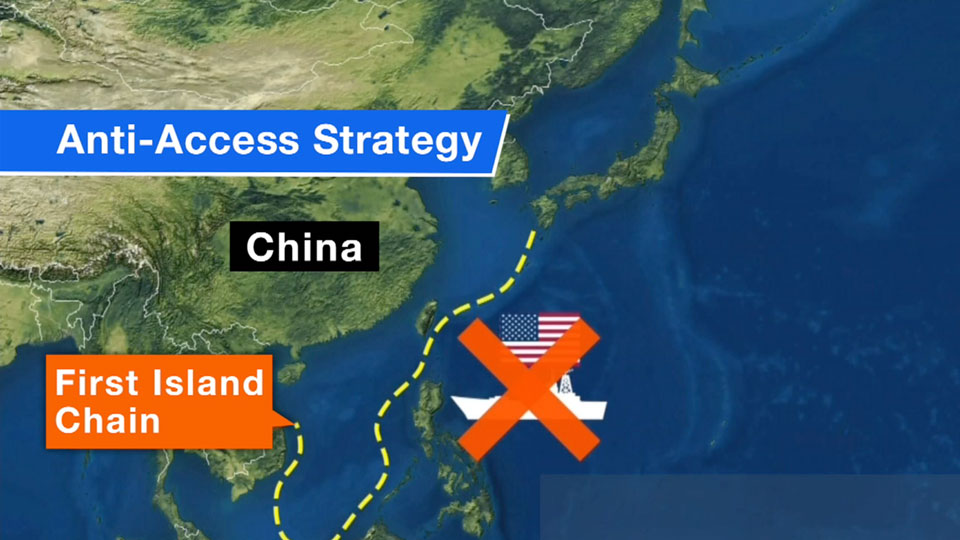
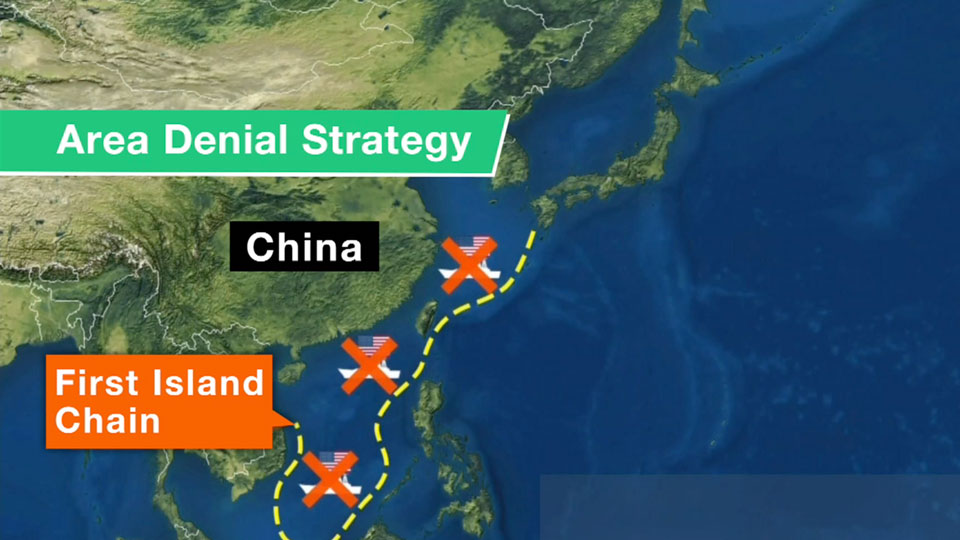
A major US naval base in Guam lies within the 4,000 km range of China's intermediate-range ballistic missile Dong Feng-26 — nicknamed the "Guam killer."

Countering the A2/AD strategy
To counter China's strategy, the US Army is equipping MDTF units with precise, long-range missiles. It also plans to deploy hypersonic weapons with a range of more than 2,700 kilometers in the region.
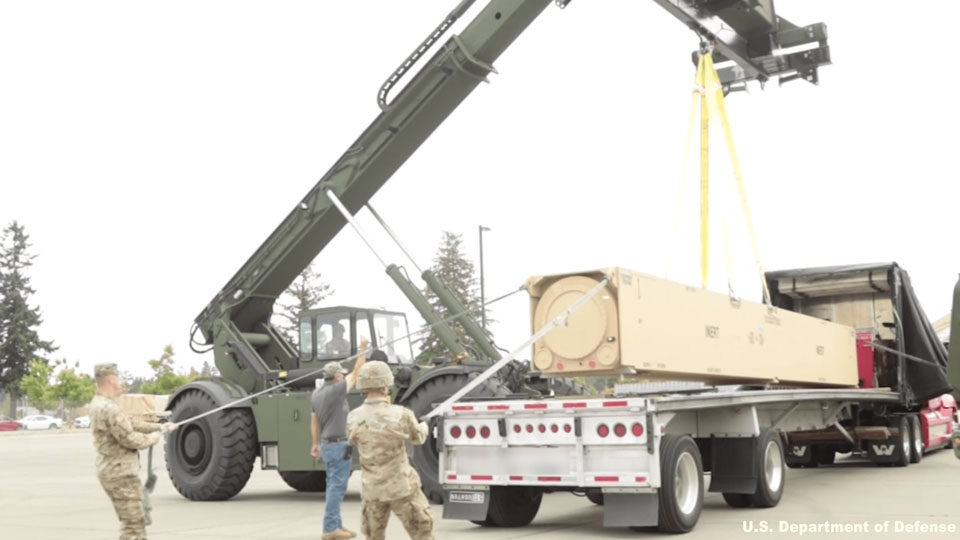
HIMARS already in place
The US Army conducted transport training to Palau in November to practice the rapid deployment of such weapons on Pacific islands during an emergency.
Colonel Michael Rose, who commands the Hawaii-based MDTF, says China's A2/AD strategy can be disrupted by restructuring US forces and increasing their sophistication.
Rose says the MDTF is training its ability to operate at extended distances, to operate with multinational partners, and to synchronize both kinetic and non-kinetic capabilities that it has and also across the joint multi-unit multinational force.
He adds that the reason the MDTF exists is to project power from the land into other domains. For instance, land power in support of maritime maneuvers, manpower in support of air access, and land power in defensive support of US allies and partners.
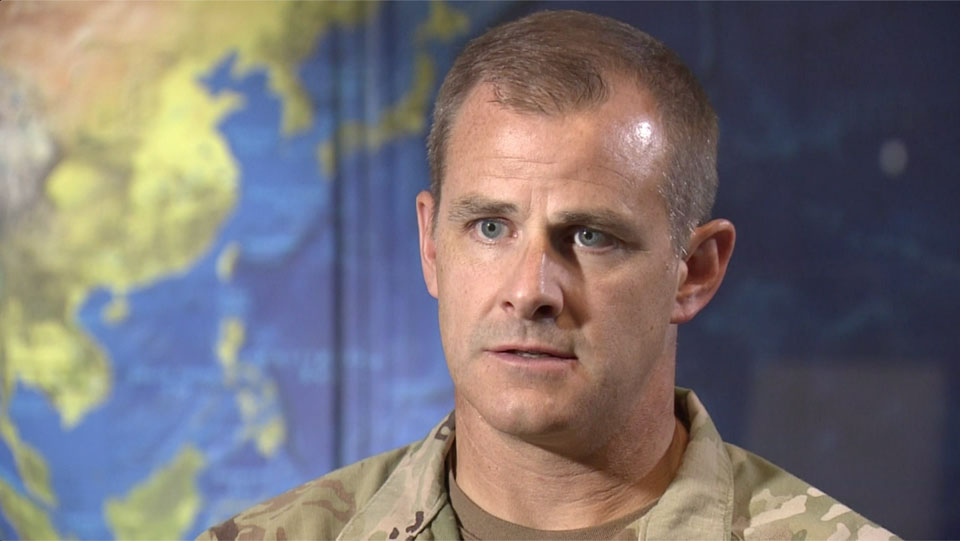
"We need to be ready to fight all, in all domains and in all scenarios in this theater. And that could be anywhere in competition or crisis," says Rose.
US strategy faces major challenge
Experts on Asia-Pacific security say the US strategy faces a major challenge — finding host countries.
Dr. Jeffrey Hornung, a senior political scientist at the Rand Corporation, says, "Who is going to agree to host these MDTF units? During the Trump administration, Secretary Esper went to the region and asked different allies to host long-range fires. Nobody said yes."
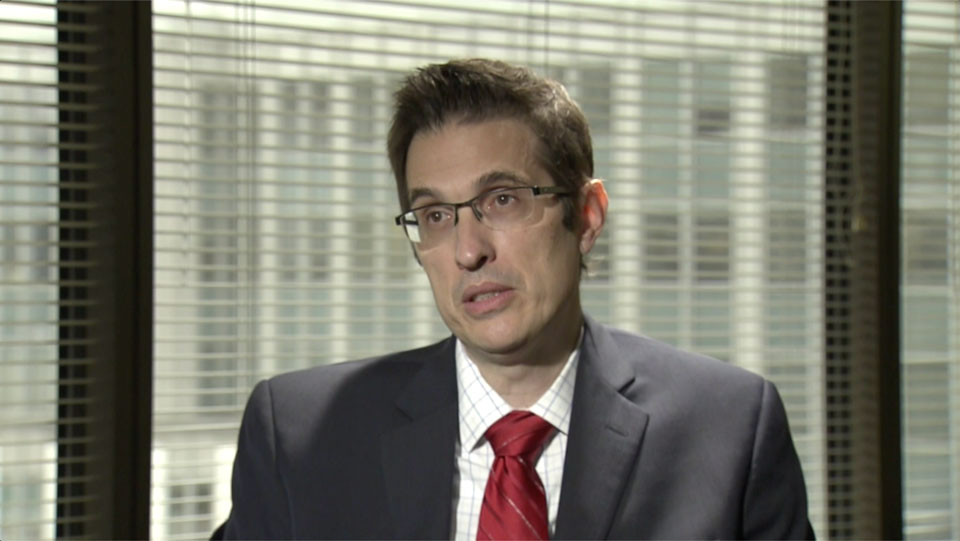
Expanding training in Southeast Asia
Therefore, the US Army is focusing on military training with Southeast Asian countries.
While NHK was in Oahu last November, American and British soldiers conducted joint training with Thai military units, teaching them skills such as how to rapidly change gun emplacements when a soldier is injured.
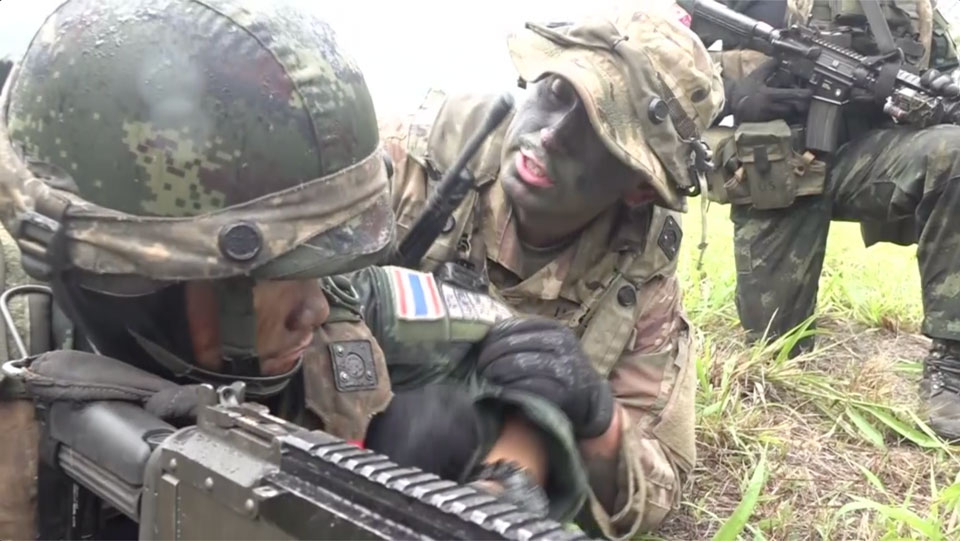
A logistics support network
Apart from the MDTF, the US military is focusing on building a logistics support network to increase its military capabilities in the Pacific region.
This effort includes bolstering the capabilities of its Yokohama North Dock transportation base in Japan.
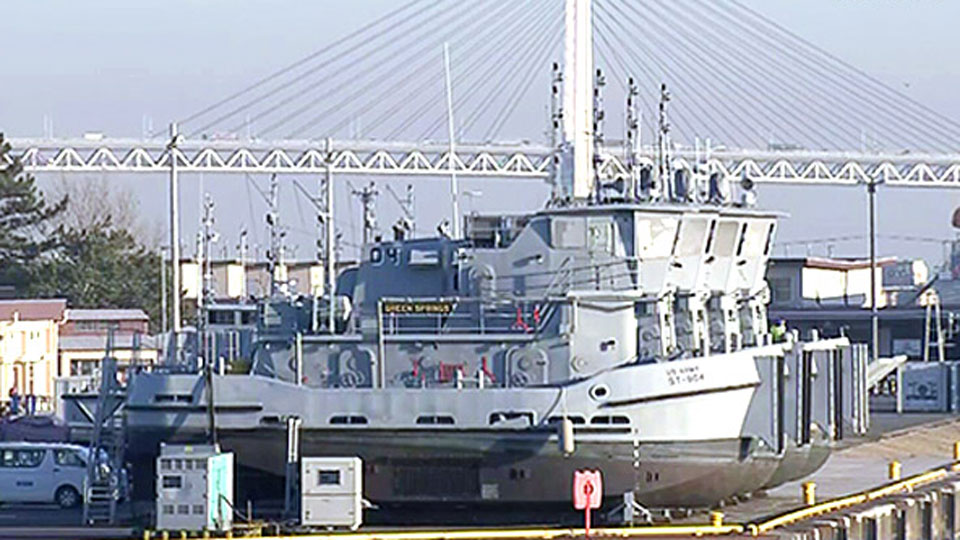
Previously the US military dispatched personnel to Yokohama North Dock as needed. In January 2023, however, the US-Japan Foreign and Defense Ministerial Consultations decided to base a US Army composite watercraft company there. Once fully deployed, the company will consist of 13 vessels and about 280 soldiers.
In the summer of 2023, a US Army transport ship landed military equipment during a multilateral training exercise in Australia. Leaving one vessel in Australia, the US Army then transported the weapons to a military training exercise in Indonesia.
Major General Jared Helwig, who is in charge of logistical support in the US Army Pacific, cited the vastness of the area as the greatest challenge in building a logistics support network.
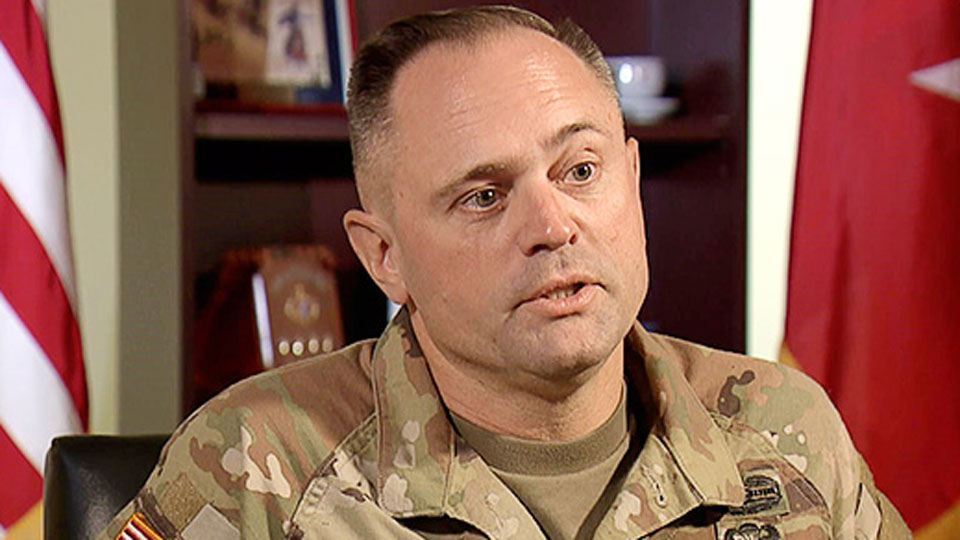
Helwig says one of the key challenges that's different between the European and Pacific theaters is the movement on water. "There's no railway network that connects these islands together," he adds.
Unity poses top challenge
NHK also had an opportunity to speak with Gen. Charles Flynn, the commander of US Army Pacific.
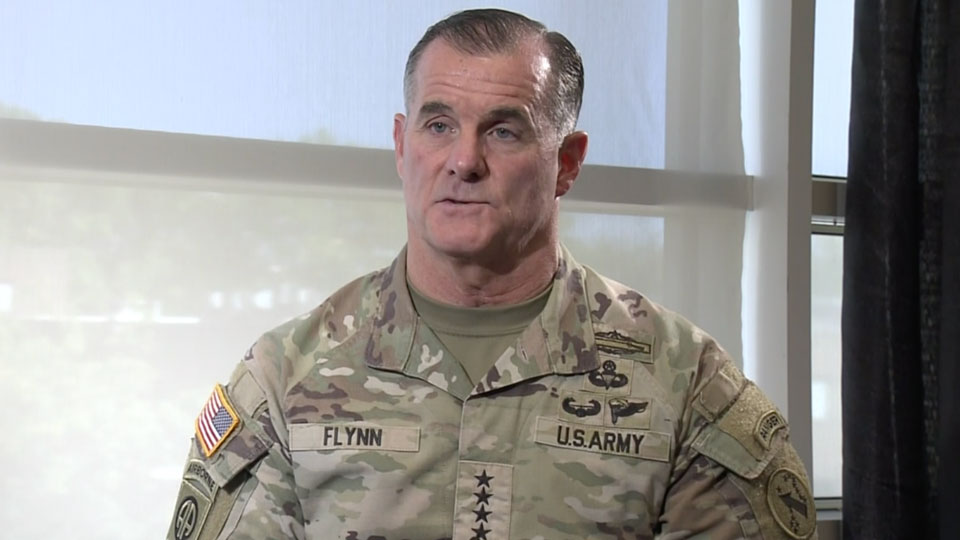
When NHK asked Flynn to share his view of Chinese military capabilities in the Indo-Pacific, he expressed alarm over China's military buildup.
He says the way China's military is progressing in the complexity and size of its training suggests it's on a "very dangerous trajectory."
What Flynn finds particularly alarming is the coordination between China and Russia.
He says, "They refer to it as a 'no limits' relationship. So, I take them for their word. And so, if there are no limits to it, then one can only imagine the concerns that could be created between what China can share with Russia and what Russia could potentially share with China."
Flynn emphasizes that solidarity between allies and friends is the greatest deterrent in light of China's deepening cooperation with Russia, including joint military exercises.
"I think the binding together of the land-power network is the counterweight against the irresponsible, insidious behavior of the PRC."
